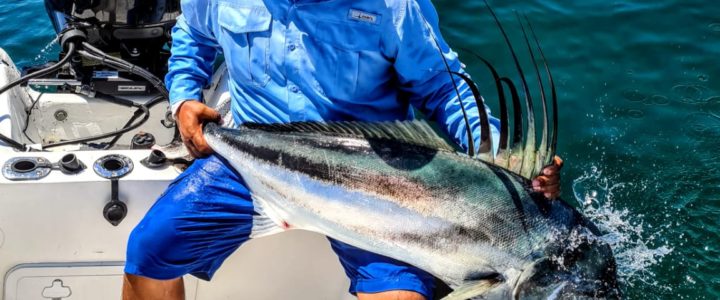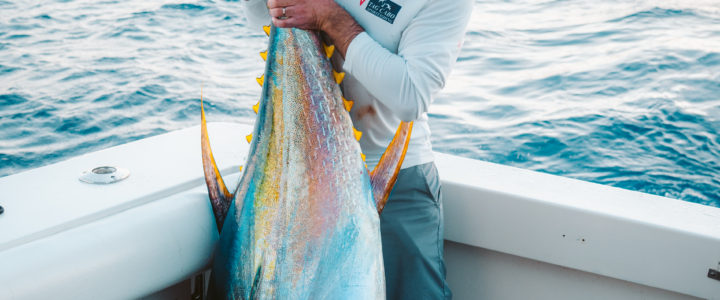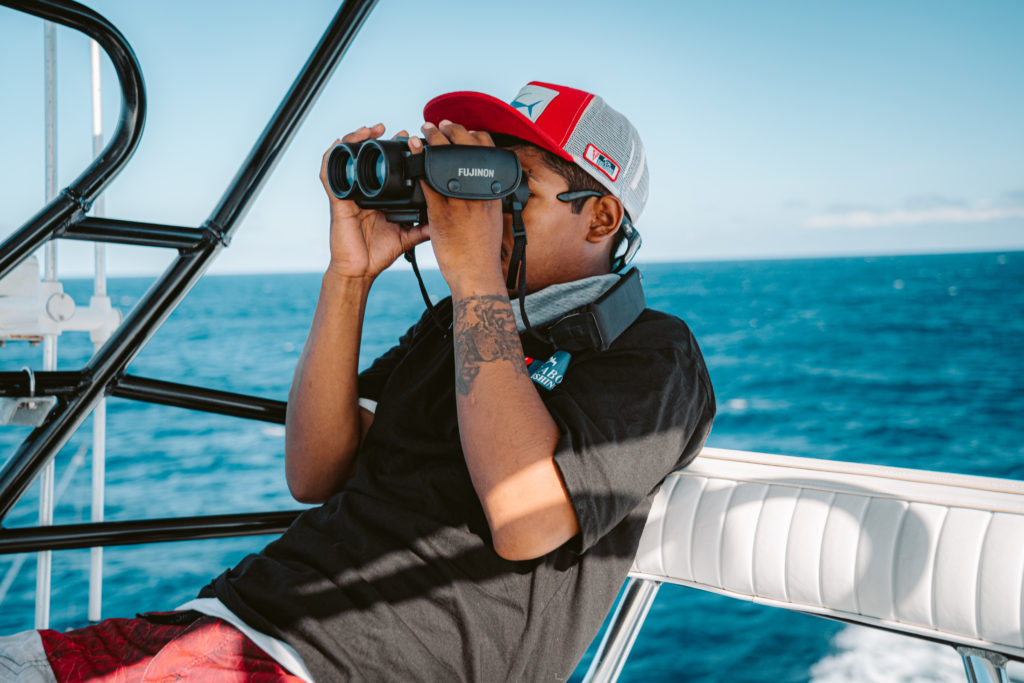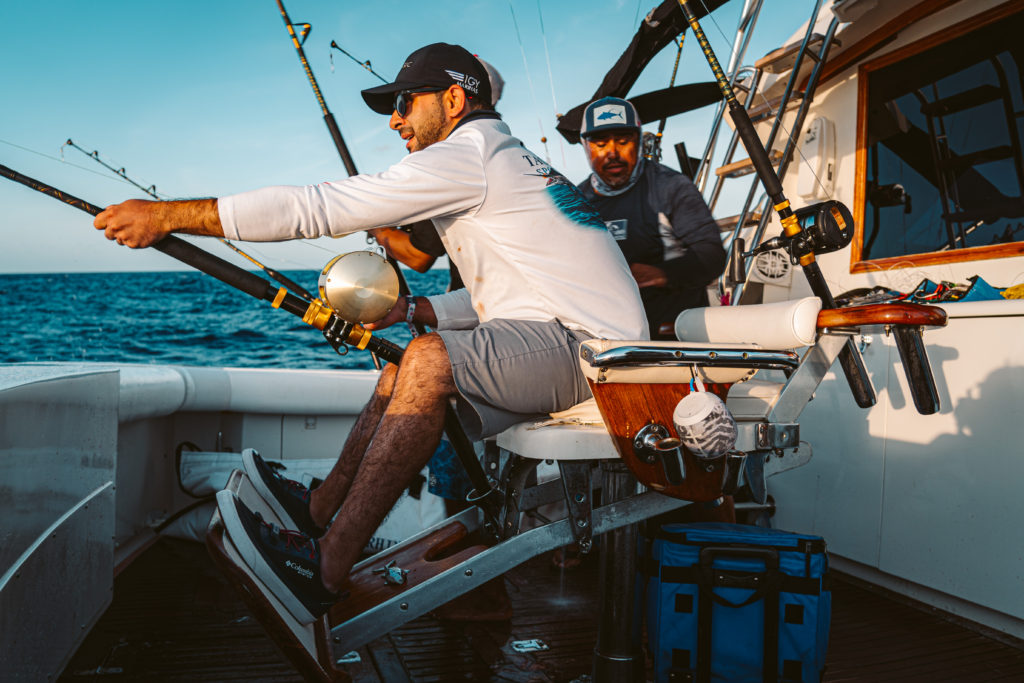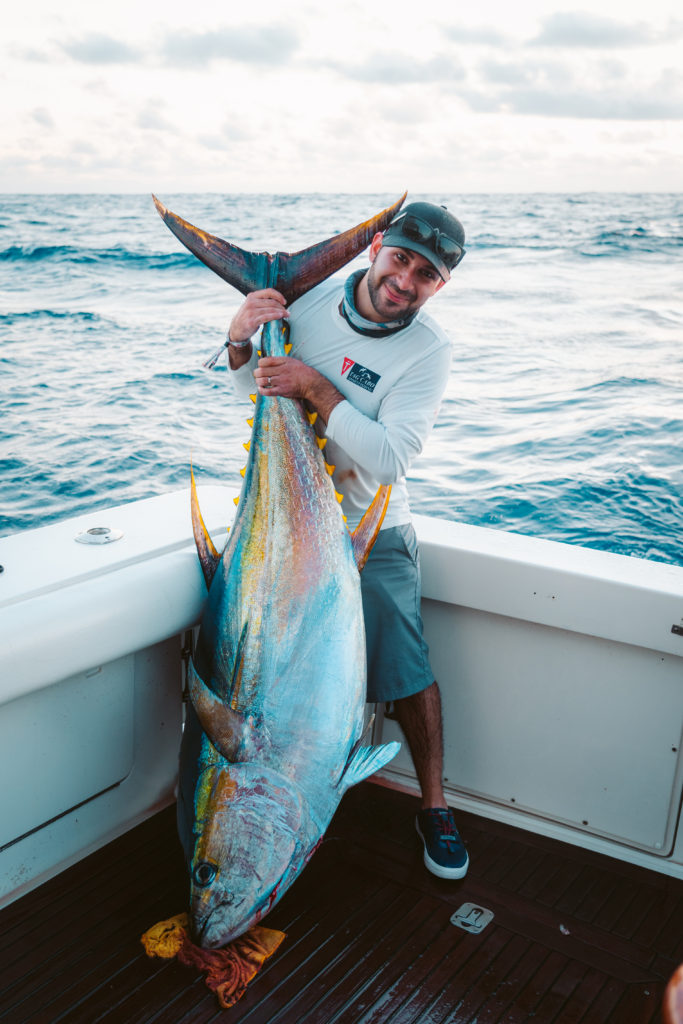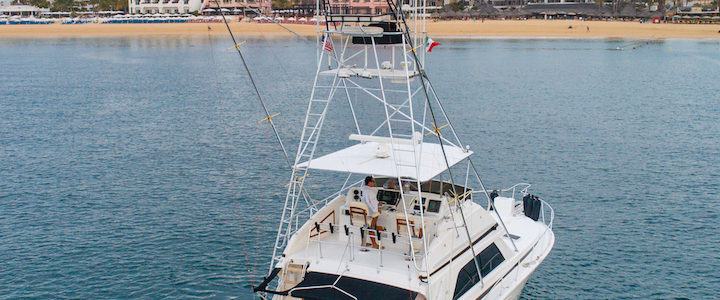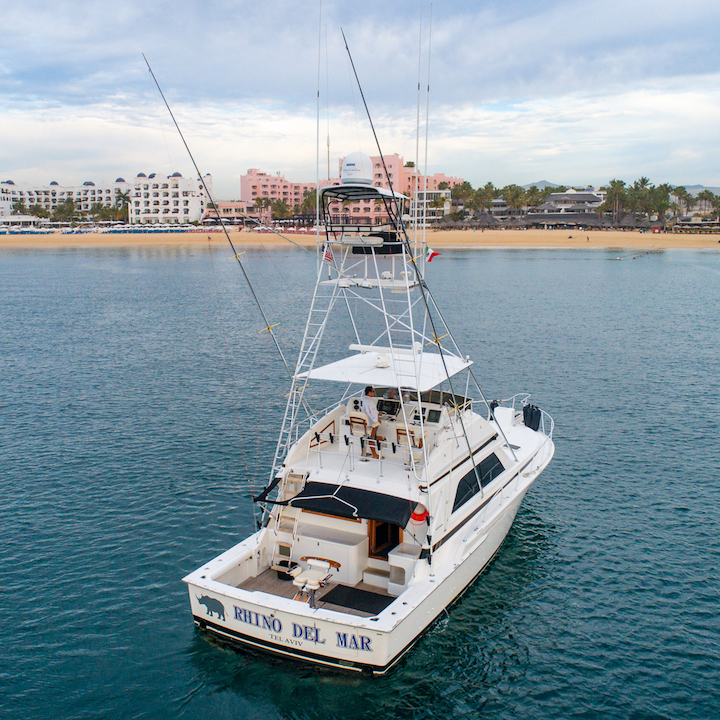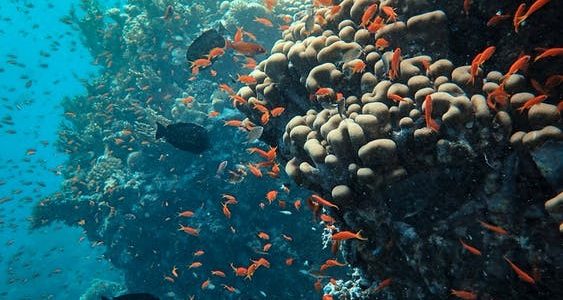Fishing for roosterfish in Cabo San Lucas
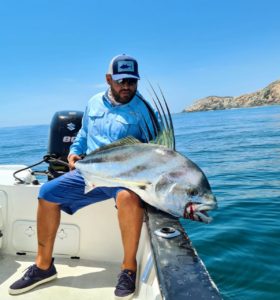
Found in high concentrations in the inshore waters of Cabo San Lucas, Roosterfish is best known as the predator of the surf. It is the greatest inshore game fish that fights hard for survival and gives a tough time to anglers, when hooked. So, if you’re looking for a fun-filled and super exciting adventure at sea, then prepare yourself to battle it out with Roosterfish.
Before we share with you some proven tips for catching Roosterfish, let us first give you an overview of what this game fish actually looks like.
The most prominent feature of this specie is its rooster comb—the 7 long spines on the dorsal fin. The ears of this game fish are also quite unusual. Its swim bladder reaches the brain passing through a large opening which comes in contact with the inner side of the ear. This allows the fish to use its swim bladder to amplify the sounds in the surroundings and track its prey.
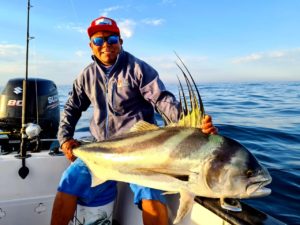
It mostly weighs about ten to thirty pounds but sometimes it can even weigh up to 100 pounds, so you need to be well-geared and have a great deal of strength to pull it out of the waters once caught.
The Roosterfish travels in schools, chasing small fish and prefer to be around rocky structures and in sandy beaches. They are mostly found within hundred to two-hundred yards proximity of the sea shore, and offer avid sports fishing anglers the greatest top water action ever! The fish slices above the top water with its comb like dorsal fin, chasing the bait, which looks amazing.
Tips to Catch Roosterfish in Cabo San Lucas
Now that you know how to spot and where to find Roosterfish, it’s time to share with you the best tips to catch your prey:
Selective Feeder—Sardines and Mullet Are Great Live Baits
One thing that every angler should know is that this game fish is a selective feeder, so you can’t just use any bait to attract them. To get attention of Roosterfish, try using live baits like Sardines and Mullet. They love patrolling the shoreline in search for schools of Sardines and Mullet. So, if you want to attract them, then we’d advise using Sardines and Mullet as baits.
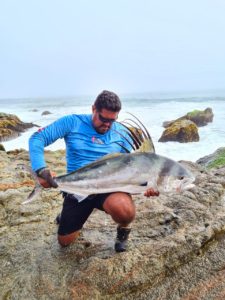
Try Surfcasting
Surfcasting is a proven technique to catch Roosterfish. Surfcasting is done using a graphite-composite medium or heavy action rod. This rod should be about 10 or 13 feet long and have a high capacity spinning-reel with a fast retrieving ratio. The spinning-reel should be nicely spooled with three hundred yards of braided line. This is 50 to 65lb test and a 60 to 80lb mono-leader. The leader should be attached to the main line with an approximately 100lb barrel swivel.
To catch Roosterfish in big surf, you will have to cast out far and then quickly reel in. But this will require great deal of practice, because this fish is not easy to pull out. When hooked, the Roosterfish will raise the dorsal fin and then leap, repeatedly—fighting hard for survival.
Try Bait and Switch Method
To increase your chances of catching Roosterfish, try the bait and switch technique. It can help you produce outstanding strikes. If you’re unable to catch the fish the first time, immediately toss the bait back in the sea because Roosterfish circles back to finish-off the wounded prey.
To inquire about fishing in Cabo San Lucas contact us at tagsportfishing@gmail.com

